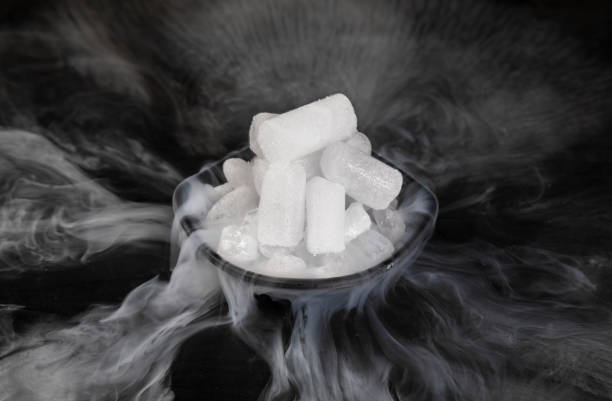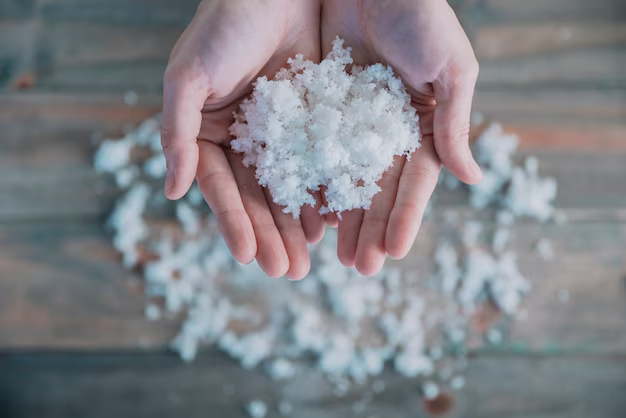
The Ultimate Guide to Freeze-Drying with Dry Ice
the solid form of carbon dioxide Freeze-drying is a powerful preservation technique that removes moisture from food and other materials while maintaining their structure, nutrients, and flavor. While commercial freeze-drying equipment can be expensive, using dry ice offers a cost-effective and efficient alternative for at-home or small-scale freeze-drying. In this




